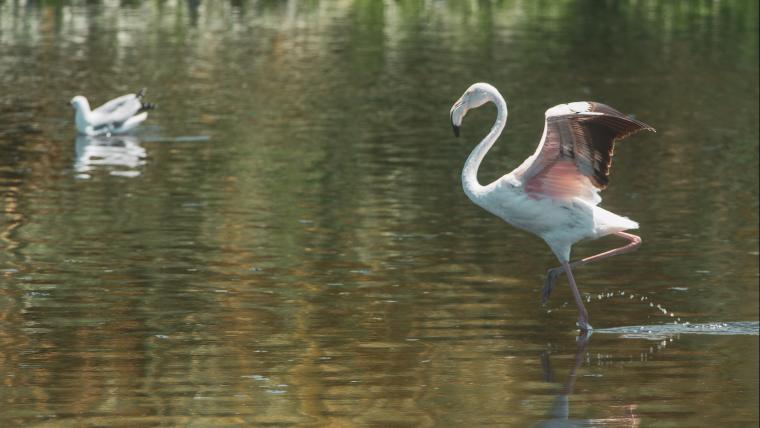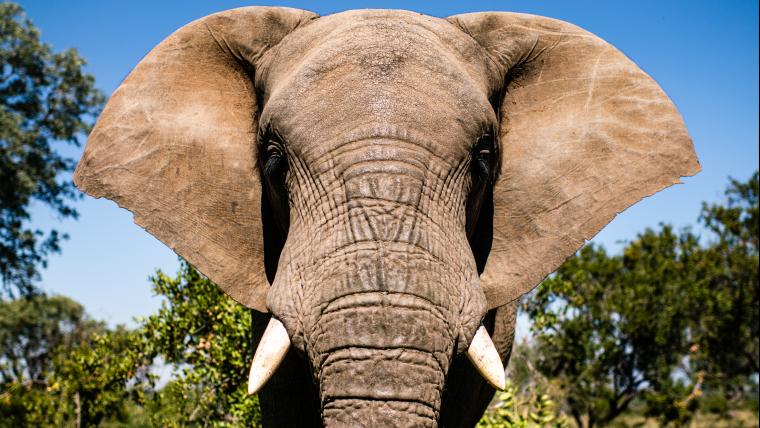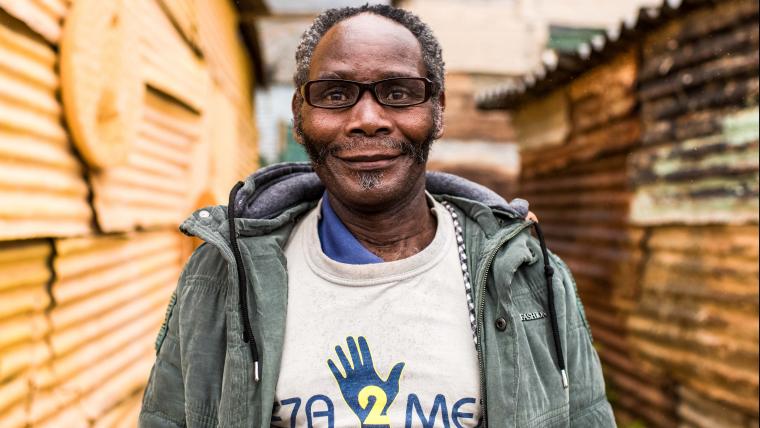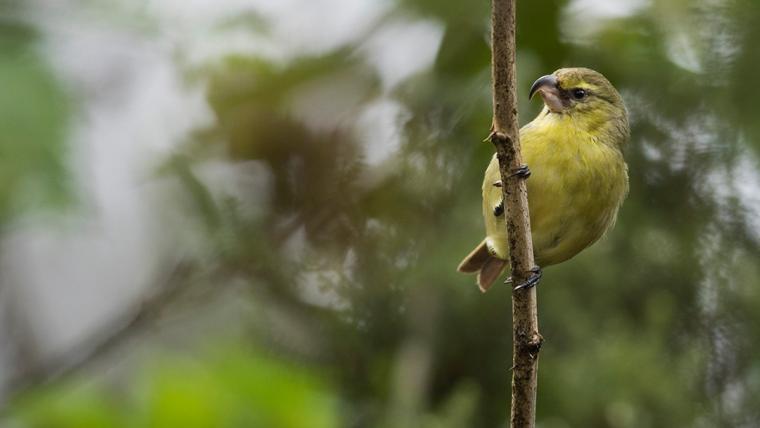
Meet the flamingos that dance in the midst of an urban jungle
A greater flamingo ruffles its pale-pink plumage in the turbid shallows of the Black River – right next to a highway. In Cape Town, you don’t have to travel far to admire these flamboyant beauties. Instead, morning commutes on the N2 transport you into a wildlife documentary.
The largest of six species, greater flamingos are usually found wading in the wetlands and rivers of South America, India, the Middle East, Southern Europe, and Africa. Their metre-long legs stem from webbed feet that help stir up the nutrient-rich sediment blanketing muddy plains. Feeding with their heads upside-down, their bent bills filter a miscellany of tiny organisms, from insect larvae, fish, and plant materials to the crustaceans which give greater flamingos their distinctive pink feathering. But now, they’re losing their colour.
The state of their habitat is vital to the survival of these nomadic birds. Rivers act as valuable feeding grounds and a pitstop along migration routes. With Cape Town fast becoming a manufacturing mecca, a shortage of disposal sites has transformed the Black River into a dumping ground for industrial and urban waste. Pollutants destroy the river’s unique flora and fauna, and threaten the lives of the winged creatures who flock here for fresh water, fish, and afternoon dips.
Volunteer organisations such as Help Up are determined to keep this stream flowing. Weekly cleanups in the Black River remove up to 50 bags of rubbish in just a few hours. But if the rest of society continues to drive by the problem, encounters with these feathered ballerinas will become but a myth. Their survival in the city depends on people’s commitment to protect and preserve the habitat they find refuge in. So whether you’re getting your hands dirty or donating to a worthy cause, no action is too small.






























Please sign in to leave a comment